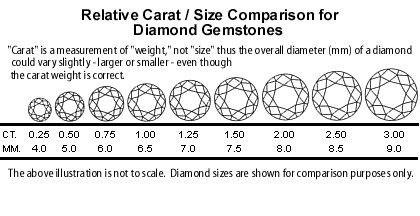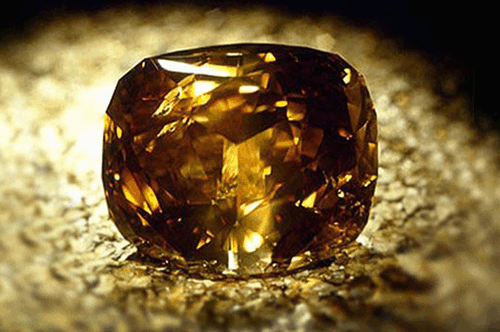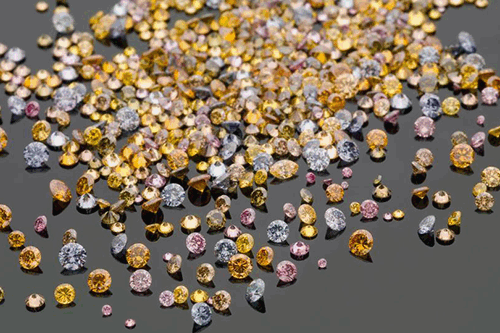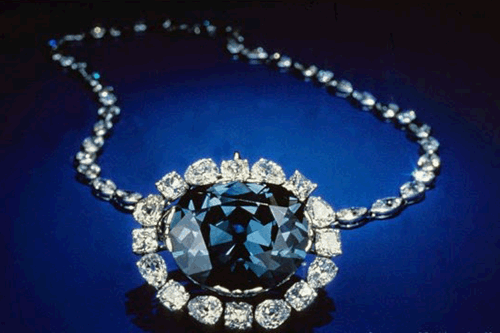The Four C's -
Carat (weight)
The term "carat" is derived from the seeds of the
carob tree. The seeds of this tree are very nearly the same in
weight, thus in the ancient world, they became the ideal weight unit for
gem traders to use when doing business.
The weight of one carob seed later became standardized as (1) carat or 1/5
of a gram or .007 ounces.
Because diamonds come in many sizes, a carat had
to be broken down into smaller units. These units were named"points." There are (100) points in (1) carat, and with this as a measure,
1/4 carat equals (25) points, 1/2 carat
equals (50) points, and 3/4 carat equals (75) points.
Carat weight is the most prominent characteristic
in determining a diamond's value. However, as discussed in the
General Advice section, two diamonds of equal carat weight and quality can
have very different prices based on
other factors such as proportion. For example, a (1) carat diamond can have
an "ideal" diameter of 6.5 millimeters,
while a second (1) carat diamond of the same quality could have a 5.5 millimeter
diameter. Because the second
diamond is (1) millimeter smaller in diameter (not ideal), it would most
likely have a lower value than the ideal diameter
diamond. This will be discussed in greater
detail under the fourth characteristic: cut.
Even small diferences in carat weight can greatly
affect the value of a diamond. For example, a small (1) point
difference such as between a diamond with a carat weight of (1) carat and
another with a carat weight of (99) points
will cause a significant difference in value. The (99) point diamond falls
in a lower category or class than the
(1) carat diamond and as a result, the smaller diamond's value may be
considerably less.
It is interesting to note that two hundred and
fifty tons of diamond ore must be mined to obtain a single (1) carat gem
quality diamond. Because of this, a diamond in the (1) carat category
(1.00 - 1.49 carats) as a rule, has a higher
value than a diamond in the less than (1) carat class (0.90 - 0.99
carat).

Everything else being the same, the value of a
diamond increases very rapidly in relation to carat weight, since larger
diamonds are more difficult to find and more desirable as
gemstones.
The Four C's:
Carat (weight) |
Clarity |
Color |
Cut







